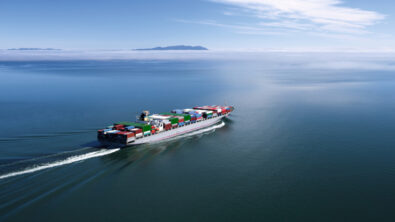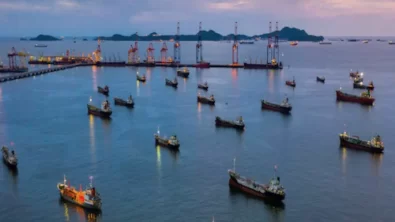How the ship design process needs to change for a sustainable future

Marine vessels are some of the most complex machines on the planet, with many systems that need to work in tandem and various requirements that need to be satisfied to create an optimized and efficient ship. As such, the ship design process is also complex. Naval architecture is a cooperative effort amongst technical specialists – vessel design specialists, structural specialists, stability specialists, hydrodynamic specialists and marine systems specialists.
This web of disciplines needs to be connected to create the best vessel possible. While these specialists and teams may work in different parts of the company, they all need to come together and make sure their efforts are working with, rather than against, each other.
The old model: Design spiral
The design spiral has been the standard way of designing ships for decades. In this model, the ship design process is broken down into distinct stages, and each stage runs through the set requirements before passing things along to the next phase and team in the process.
While it may be logical, the design spiral is inefficient, and it reinforces siloes within design teams, creating lots of back and forth. Plus, industry trends and pressures are pushing shipyards and designers to create efficient designs in shorter timeframes. The design spiral is not the best way to design a ship anymore.
The new model: Integrated, holistic ship design
A new approach to ship design that frees designers from traditional constraints is needed. The new model is an integrated, holistic approach that uses simulation to drive the design process and takes in additional inputs that increasingly play a role in how ships are designed: building costs, lifecycle costs, future regulations, environmental impacts, and risks.
Digitalization is needed to make this new model work, though. Digital tools can create more integration in the process so that the traditional wall between design and simulation can come down. They also can help seamlessly pass design information among teams.
How to implement this new ship design model
As the world changes, the marine industry must also change. It has become clear that everyone needs to work toward building a sustainable future for the planet. For the marine industry, that involves building more efficient ships from the initial design. Digital tools today can break down traditional siloes and take new inputs into account. Digitalization enables naval architects to design the most efficient ship in the shortest possible timeframe. Want to learn more about an integrated approach to ship design driven by simulation? Watch our on-demand webinar on digital design for a more sustainable future.

